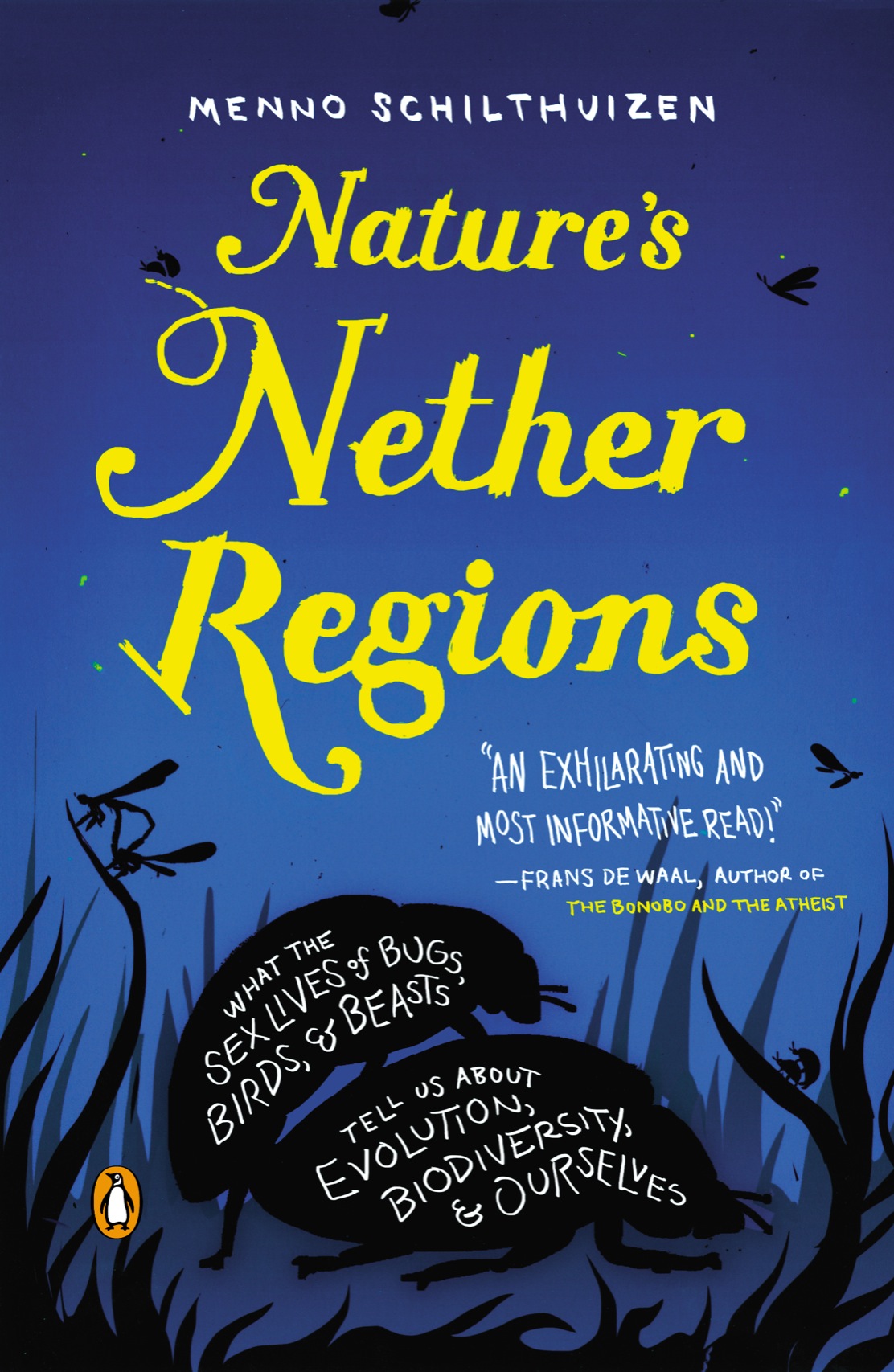
Nature's Nether Regions
What the Sex Lives of Bugs, Birds, and Beasts Tell Us About Evolution, Biodivers ity, and Ourselves
کتاب های مرتبط
- اطلاعات
- نقد و بررسی
- دیدگاه کاربران
نقد و بررسی

March 10, 2014
When writing about genitalia, it is difficult to find the correct balance between dry scientific description and pure titillation, but ecologist and evolutionary biologist Schilthuizen (The Loom of Life), in this remarkable book that explores the evolutionary origins of sex organs, succeeds in finding exactly the right tone. From a scientific perspective, there are obvious reasons for devoting considerable attention to this topic because “of all the organs that an animal is provided with, the greatest differences between species are... in their genitals.” Understanding the evolutionary pressures that have driven this diversity will yield insight into the ways of nature broadly across the animal kingdom, including humans. Schilthuizen deftly ties together research on the damselfly penis, with its spoon-like appendage used to remove sperm deposited in a current mate by a previous male, to research on humans that suggest the shape of the human penis might accomplish the same feat. On a more technical level he discusses the two dominant hypotheses to explain the underlying reasons for the evolution of genitalia: the “cryptic female choice” hypothesis, and the “sexually antagonistic coevolution” hypothesis. Schilthuizen’s entertaining work reminds us not to take “the mechanics of sexual intercourse for granted.”

April 15, 2014
An exploration of sexual reproduction across species, with emphasis on the evolution of genitalia. Dutch ecologist and evolutionary biologist Schilthuizen (Evolution/Leiden Univ.) seeks to assume the mantle of Masters and Johnson in this examination of sex in the animal kingdom. The author holds Darwin at fault for focusing on "how secondary sexual characteristics--like colorful bird plumage, the prongs on beetles' heads, and the antlers of deer--have been shaped not by natural selection...but by sexual selection." These secondary features serve to attract females to mate with hopeful males and only indirectly influence survival in the struggle for existence. For example, the peacock that has the grandest display of feathers is presumably healthy enough to support such an excess, as compared to a rival more poorly endowed. Darwin explicitly relegated genitalia to the role of mere mechanisms. He believed that females were aroused by male displays, and the game was on. Not so, writes Schilthuizen, who cites a 1979 discovery by an entomologist who discovered that the minuscule penis of a damselfly contained "a miniature spoon" to clean out the female's vagina and thus remove the sperm of competitors. Schilthuizen shows that this is only one example of how male and female genitalia have evolved in a battle between the sexes over which eggs would be fertilized. By closely studying the process of copulation, biologists have also observed the role of orgasm. In one experiment, the sexual responses of laboratory rats stimulated genitally appeared similar to that of "humans in the throes of orgasm." The author suggests that the timing of female orgasm before, during or after the male sperm deposit can influence the likelihood of fertilization in all mammals, including humans. A provocative voyage on the "vast ocean of sexual function beyond the quiet backwater that we humans find ourselves in."
COPYRIGHT(2014) Kirkus Reviews, ALL RIGHTS RESERVED.

























دیدگاه کاربران